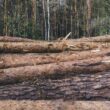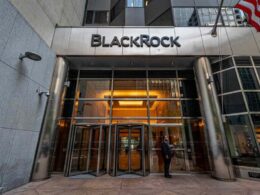One year after nearly 200 countries made a historic pledge at COP28 to double the global rate of energy efficiency improvements by 2030, the International Energy Agency (IEA) warns that progress is lagging. According to the IEA’s annual ‘Energy Efficiency 2024’ report, meeting this ambitious goal will require a significant acceleration in policy implementation to improve energy security, reduce costs, and lower emissions.
The report highlights that global primary energy intensity—a key measure of energy efficiency—is projected to improve by only about 1% in 2024, consistent with the rate seen in 2023. This falls well below the COP28 target, which aims to raise the efficiency improvement rate from 2% in 2022 to 4% by 2030. Doubling efficiency rates would yield substantial benefits, including job creation, cleaner cities, and more resilient economies, as well as reduced greenhouse gas emissions through enhanced building and vehicle efficiency.
Governments around the world have made some headway, with over 70% of the global energy demand now covered by updated or new efficiency policies. For instance, the European Union has advanced its regulations to ensure a zero-emission building stock by 2050. In China, appliance standards have been strengthened and national efficiency targets revised. The United States has tightened fuel economy standards for heavy-duty vehicles, while Kenya mandated energy-efficient practices in its building code. However, the IEA report stresses that many countries must accelerate policy updates and implement stricter standards to meet the global targets.
“Energy efficiency is a key pillar of secure, affordable and inclusive energy transitions. The IEA is working closer than ever with governments around the world to ensure that it remains a top policy priority,” said IEA Executive Director Fatih Birol.
He added, “Fortunately, the policies and technologies to accelerate efficiency progress are readily available today, and many governments are taking important steps forward. What we hope to see now is faster and stronger policy responses across the globe.”
To provide more detailed tracking of global progress, the IEA has introduced an ‘Energy Efficiency Progress Tracker’, alongside the ‘Energy Efficiency 2024’ report. This tracker provides updated regional indicators on energy intensity, demand, and electrification levels, complementing the IEA’s broader support for national governments through resources like the IEA Energy Efficiency Policy Toolkits.
The report also highlights notable achievements in major emerging economies, as well as the increased adoption of heat pumps and electric vehicles, which are generally more efficient than traditional technologies. However, the IEA underscores the need for significantly more investment. In 2024, global investment in energy-efficient technologies is set to reach an all-time high of USD 660 billion, a 4% increase from the previous year. The analysis shows that efficient technologies are often cheaper over their lifetimes, despite the common misconception that they are costlier upfront. Best-in-class air conditioners, for example, can reduce total costs by up to 40% compared to less efficient models.
The IEA’s findings reinforce the urgency for coordinated action as the world works toward a future that is both energy-efficient and sustainable, building on the foundations laid at COP28.




















